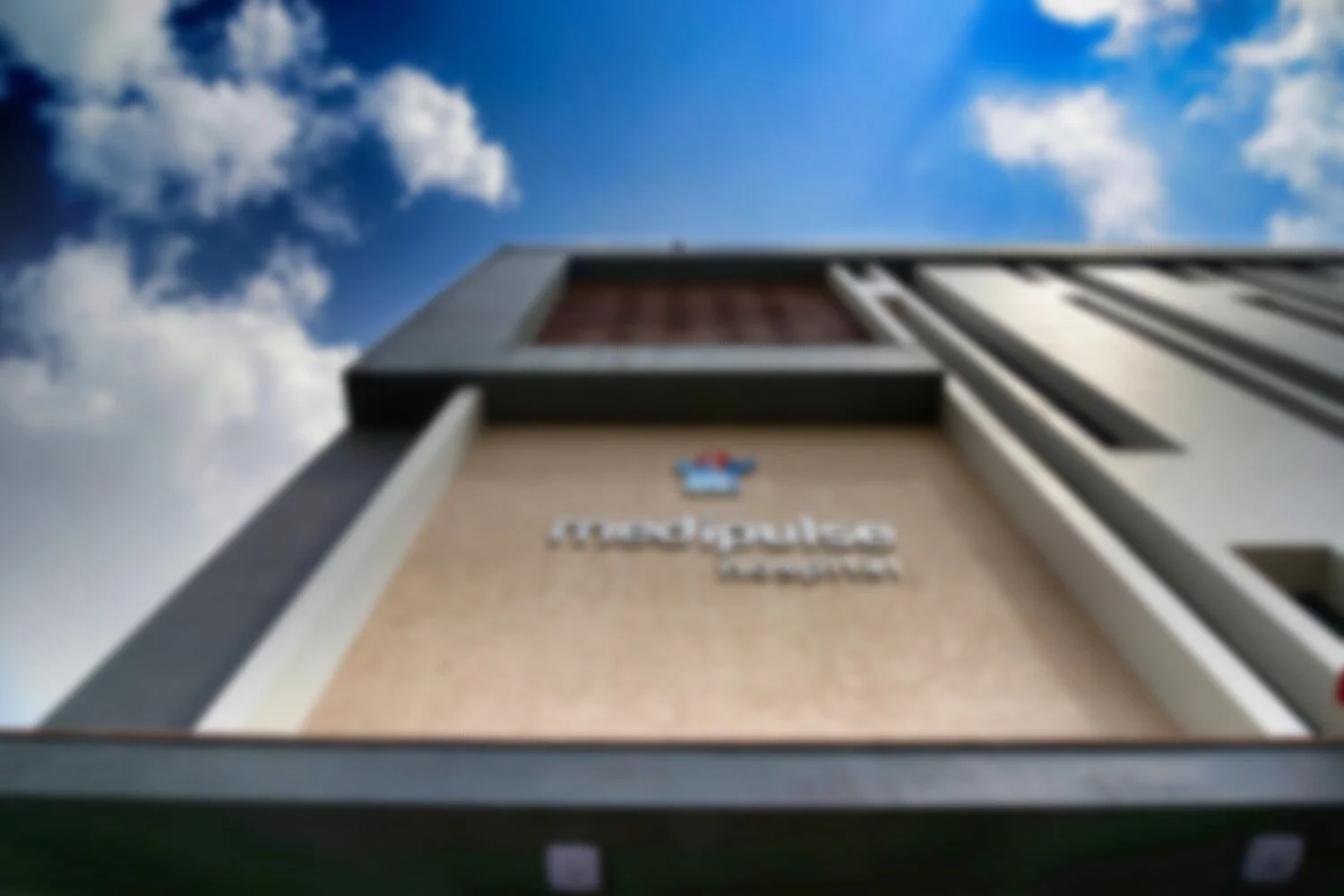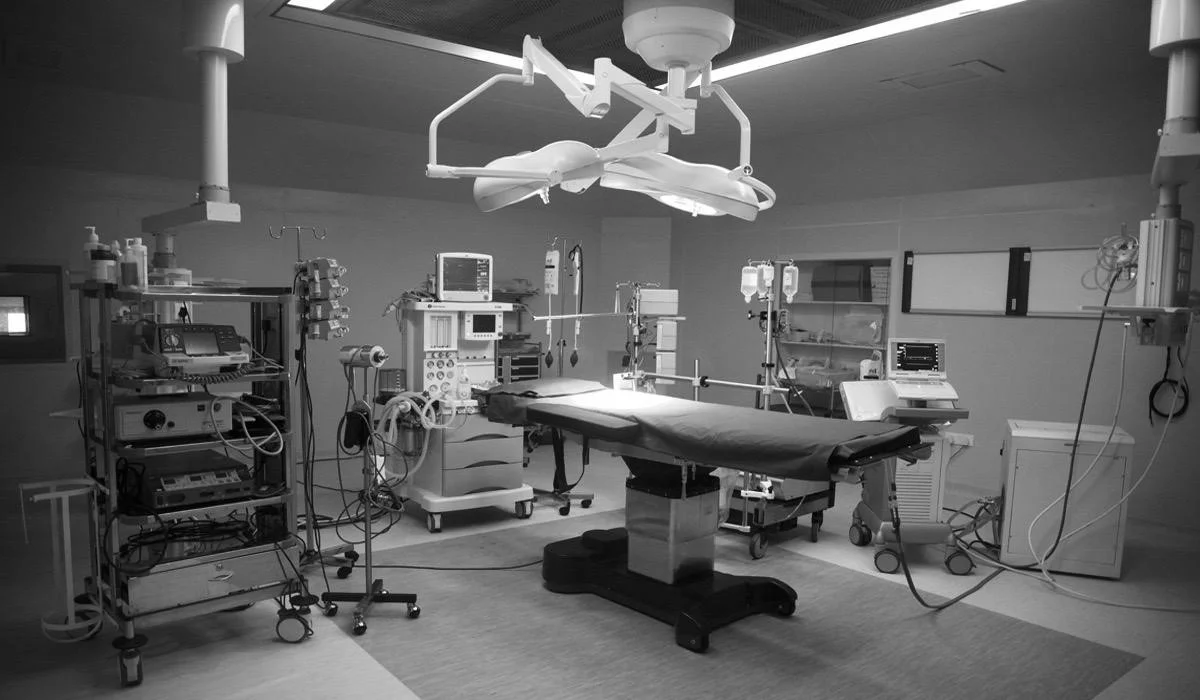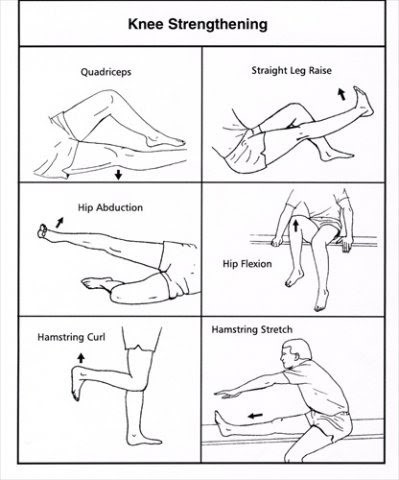
Foot Pain in Arches, Ball, Heel, Toe and Ankle Problems
Many people suffer from pain in their feet for various reasons. These reasons can be due to ageing or any underlying problem or condition that might require serious medical treatment. Nonetheless, pain in any
Many people suffer from pain in their feet for various reasons. These reasons can be due to ageing or any underlying problem or condition that might require serious medical treatment. Nonetheless, pain in any body part is something that you should monitor and get medical help for if the pain is persistent and increasing.
If you are suffering from persistent foot pain, it is important to localise the pain. When you know the location of the pain, it can help you track down the reason that might be causing the pain. Here are some of the common foot pains that people suffer from to help you identify your problem. The categorisation is done in regards to the area of the foot where the pain is located.
Foot Pain In Heels
Heel Spurs
Description: Heel spurs are a type of foot pain caused by the unnatural growth of the heel bone of your feet. The abnormal growth can be caused by different reasons, such as having an abnormal/peculiar step or posture. It can also be caused by physical activities such as running. Even though this condition is common, most people do not feel pain due to their heel spurs. People that have high foot arches or flat feet are more susceptible to having painful heel spurs.
Treatment: Heel spurs can be treated by wearing medically prescribed heel pads and orthotics. If you are suffering from painful heel spurs, you will need to have pain medication and get medical help to understand the severity of your issue. The doctors can also suggest medical procedures that can help you permanently solve your problem.
Plantar Fasciitis
Description: Plantar Fasciitis refers to pain in the tough tissues of your heel that connect the heel bone of your foot to the toes. This pain can be felt in the arch and the heel of your foot, and it affects the most in the morning when a person is getting out of bed.
Treatment: Standard treatment for this problem includes wearing shoes that have well-cushioned soles and good arch supports. You also need to adequately rest your foot and exercise using heel, and arch muscle stretches.
Foot Pain In Arch Of Foot
Bunion
Description: A bunion is an abnormal projection in the bones near the edge of your foot; it is usually located near the base of the big toe of your foot. This is a very common condition that can affect anyone. It generally affects people more as they age. It is also found in people that wear non-fitted and uncomfortable shoes over a long period of time.
Treatment: One of the first and foremost treatments for bunions include wearing properly fitted and comfortable shoes. People are often prescribed to wear shoe inserts to help them with their condition. In case your pain persists and does not reduce over a long period of time, you need proper medical care, and doctors might even suggest surgical intervention.
Claw Toe
Description: A claw toe is a serious condition where your toes either point upwards or downwards naturally and cannot be straightened. This condition is caused by various reasons such as nerve damage, alcoholism, and diabetes.
Treatment: Treatment of claw toe requires surgical intervention; however, if you are not comfortable with the notion of surgery, you can try wearing shoe inserts, avoid wearing tight shoes and high heels. You can also do stretches and exercises for your toes and toe joints.
Foot Pain In Ball Of Foot
Sesamoiditis
Description: Sesamoiditis is a condition that usually affects runners and ballet dancers. It is a form of tendinitis that affects the tendons of your foot that solely connect to two bones at the base of your big toe. This condition is caused by the injury or the inflammation of these tendons, as these tendons are called sesamoids.
Treatment: Common treatment procedures for sesamoiditis include icing the area that hurts and also wearing comfortable foot pads and comfortable shoes to reduce the pain as much as possible. If the pain does not decrease, you should get medical help where the doctors might prescribe you steroid injections.
Morton’s Neuroma
Description: Morton’s neuroma is a condition that mainly affects women who wear very high heels and tight shoes. This condition affects the tissues in between the third and fourth toes of your foot. The tissues around the nerves get thick and cause pain, numbness, or a general odd feeling in the ball of your foot.
Treatment: Common treatment procedures for Morton’s neuroma include taking pain relievers for reducing the pain in your foot. You can also use footpads inside your shoes to reduce the pressure on the nerves and reduce the pain. For treatment purposes, you should also reduce or stop wearing high heels or shoes with a very short toe compartment. If the pain does not subside over time, you need medical attention; the doctors can prescribe steroid injections and surgical procedures to treat the problem.
Common posture defects and deformities in children: How to correct them?
Posture is an essential aspect of a child’s life. A good body posture will bless the child with higher energy levels, confidence, and prevents injuries. When children are in growing stages, it is essential to focus on
Posture is an essential aspect of a child’s life. A good body posture will bless the child with higher energy levels, confidence, and prevents injuries. When children are in growing stages, it is essential to focus on their posture as their bones and muscles remain in a developing stage.
A bad posture can lead to abnormal growth of the spine and other parts, increasing the possibility of arthritis later in life. On the other hand, a good posture will not only keep their body aligned but will also reduce the risk of degeneration. There are other benefits also that will pay off throughout their lifetime.
Common Types of Deformities
There are four major types of posture defects like flat back, swayback, kyphosis, and lordosis that can hamper a child’s posture. If you identify as such posture defects in your children, read on to understand their causes and corrective measures.
What Are The Causes Of Bad Posture In Children?
Here are some common causes that lead to these deformities in children:
● Injury – The majority of the posture deformities arise due to injuries. Children do get severely injured while playing sports or any other physical activity. These injuries can lead to bad posture in the future.
● Disease–If the child is or had suffered from any muscle or bone diseases, he or she can develop posture deformities later in their life. It is essential to consult an experienced physiotherapist to realign their posture.
● Habits – Wrong sitting habits can lead to some serious posture defects in children. They may grasp these habits from their school or friends. Teachers should also come forward and teach the correct sitting and standing postures to the students.
● Weakness – At times, children tend to develop posture defects due to weakness. Children who get ill often are more vulnerable to such deformities.
● Hereditary–Genes are also a prominent factor that leads to poor posture in children. The posture defect like kyphosis is generally carried forward from one generation to another.
● Obesity – Obesity is a major cause of faulty body posture in children. Overweight children can also face spinal injuries leading to bone and muscle deformities.
How To Correct Them?
Here are some measures that will help the parents in correcting their child’s posture defects.
● Exercise and Fitness – The best measure to eradicate any posture defect in children is regular exercise. Parents should encourage their children to do some smooth exercises that will improve their regular sitting and standing postures.
● Braces and Orthotics – Many doctors suggest posture braces for the children to improve their bend shoulders. This is a very effective method and should be done under the supervision of an expert only.
● Adaptive Chairs – These are special positing chairs that are used to correct the wrong postures in the children. It also offers effective ankle and foot realignment to improve the overall spinal cord posture.
Kids tend to be really active and careless when it comes to jumping, running, and doing other physical activities. The right body posture will support them and will enable a smooth landing every time they fall on the ground.
As a parent, it is crucial to understand the posture defects in children and address the issues immediately. If you find any postural deformities in your child, you can book get in touch with the best orthopedic surgeon in Jodhpur. Good Luck!
Tertiary Care: A Promise Of Life For Polytrauma Patients
Research studies have found that a majority of trauma deaths occur during the prehospital period due to insufficient care. It is, therefore, essential to assess the severity of the injury quickly and accurately.
Trauma is increasingly becoming a cause of morbidity and mortality in India. Incidents like road traffic accidents, fall from a height, occupational injuries, violence, and assaults lead to severest of trauma and polytrauma cases. Research studies have found that a majority of trauma deaths occur during the prehospital period due to insufficient care. It is, therefore, essential to assess the severity of the injury quickly and accurately.
Polytrauma and Associated Complications
Besides death, trauma, or polytrauma in patients is responsible for wide-ranging consequences that can affect an individual’s life considerably. For instance, severe injuries can result in significant financial losses, permanent deformities, and dysfunction, if prompt surgical intervention is not carried out. The role of advanced care is, therefore, of utmost importance in such cases.
Tertiary Care Units
Tertiary care unit refers to the third level of health system wherein specialized healthcare is provided. Specialized intensive care units, specialized medical personnel, advanced diagnostic support services, etc., are the key features of tertiary health care.
The Role of Tertiary Care in Polytrauma Cases
According to a study, in northern India alone, tertiary care centers receive approximately 6-7 patients with polytrauma every day. Out of these, some come directly while many are referred by primary and secondary care units.
The reason for admitting polytrauma patients in tertiary care is that it provides high-quality treatment. Working on the principles of "Time is the essence,” these care units manage the trauma cases at the earliest. As soon as the patient enters the hospital, he is attended by a team of specialists.
The tertiary care units have an organized polytrauma team and well-defined standards of operating procedure, which eventually lead to high-class treatment and faster recovery of the patients.
In an advanced tertiary care centre like ours, the teams working in the emergency department are highly specialized. Medipulse, one of the top private hospitals in Jodhpur, understands that the needs of every polytrauma patient are different; hence, after initial resuscitation, trauma cases are managed by higher specialty departments such as cardiothoracic surgery, spine surgery, plastic surgery, etc.
Role of Physiotherapy in Knee Arthroscopy
The knee joint is one of the strongest joints in the human body. As our whole body weight is dependent on them, it is one of the most stressed joints. No wonder knee pain and other knee related conditions are a common problem, regardless of the age. When your doctor suggests you professional physiotherapy after your knee surgery/operation/arthroscopy, 'don't brush off his advice. Physiotherapy aids the rehabilitation process from knee arthroscopy. It contributes to improving our knee's range of motion, its strength, and overall function.
The knee joint is one of the strongest joints in the human body. As our whole body weight is dependent on them, it is one of the most stressed joints. No wonder knee pain and other knee related conditions are a common problem, regardless of the age. When your doctor suggests you professional physiotherapy after your knee surgery/operation/arthroscopy, 'don't brush off his advice. Physiotherapy aids the rehabilitation process from knee arthroscopy. It contributes to improving our knee's range of motion, its strength, and overall function.
'Let's understand what knee arthroscopy is and what role physiotherapy plays after arthroscopy:
What is Knee Arthroscopy?
Knee Arthroscopy is a surgical procedure used to treat problems in the knee joint. In this procedure, a small incision is made near the knee, through which an arthroscope is inserted inside. The camera fitted at one of the ends of arthroscope helps to diagnose the problem. Several conditions like a torn meniscus, misaligned patella, etc. can be treated through arthroscopy.
What is the Recovery after Knee Arthroscopy?
Though the surgery 'isn't very complicated, the invasive nature of the surgery warrants dedicated physical rehabilitation.
Besides the ice pack and dressing, physiotherapy is advised to help your knee recover. Physiotherapy from a professional physiotherapist is extremely important to restore the knee to its functionality.
Let's understand the role of physiotherapy and physiotherapist:
1. A physiotherapist brings with himself crutches wherein the patient is taught how to walk safely with them. This is done to avoid excess pressure and weight on the operated leg. Excess pressure may increase the pain and lead to swelling.
2. After the surgery, the knee may appear weaker; therefore, the exercise programme is curated to strengthen the muscles around the knee. It is advisable to indulge in exercise as soon as possible to avoid further complications.
3. Full range flexing exercises are suggested to improve the range of motion of the knee.
4. After two or three weeks, the exercise regime is changed into calf stretch, hamstring curls, lunges, steps, etc. to further strengthen muscles and restore functionality.
These strengthening exercises are aimed at building up your endurance. However, the training must be under the consultation of the doctor and physiotherapist. Not only does the physiotherapist assists on the exercise, but they also analyse the progress to introduce changes in the regime accordingly. They play the role of a personal trainer, counselor, etc. in this recovery process.
If you are suffering from any knee ailment or sports injury, then you must head to our Department of Arthroscopy and Department of Orthopedics. Led by the best orthopedic surgeon, Dr. Rahul Garg our department is well equipped to diagnose and treat complex knee joint related issues with ease. Head to Medipulse now and let us take care of all your worries!
















